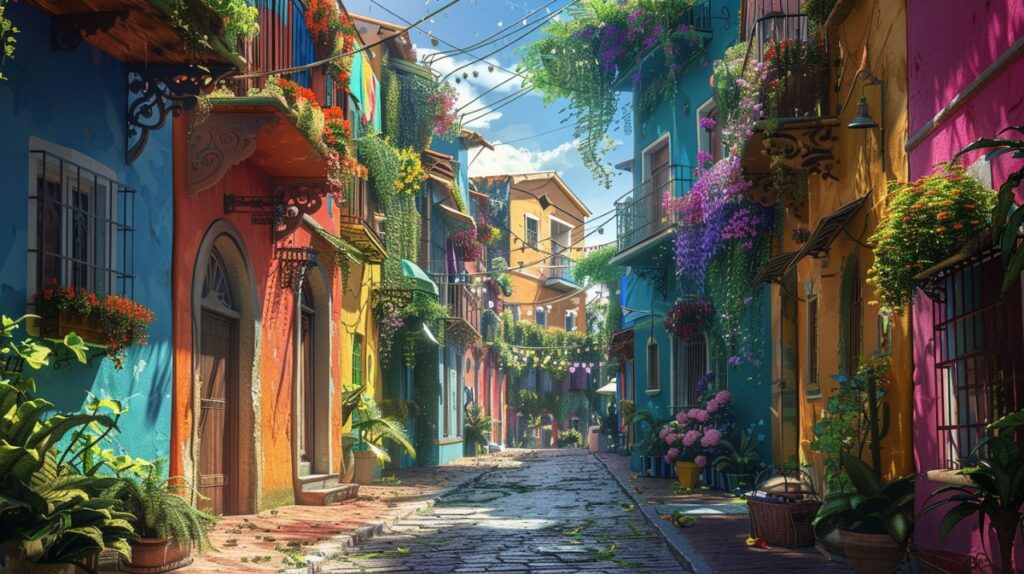
Spaghetti Urbanism
Some cities whisper. Others hum. And then there are those that crackle—alive, tangled, unpredictable, like the city never really stopped growing, just kept twisting around whatever stood in its way. These are the cities that don’t follow straight lines or logical grids. They spill. They fold. They forget where they were going and end up somewhere far more interesting. You don’t arrive in these places—you stumble into them, mid-conversation.
You can try to trace them on a map, but the map will lie. Or maybe it’s just out of date by the time you unfold it. Because in cities like these, even the streets seem to dream. A staircase might lead to a shrine, or a shop, or a stranger’s kitchen. The alley you just passed might vanish on your way back. Nothing is fixed, and everything feels like it grew there —organically, accidentally, inevitably.
There’s a rhythm to it. Not chaos, but something more like music. A city playing jazz with its own bones. Improvised, improvised, improvised—and yet, deeply in tune with itself. The buildings lean in as if sharing secrets. Corners surprise you. Nothing is repeated. Nothing is expected. You wander without purpose and find everything anyway.

And this is the genius. Because these cities weren’t laid out to impress a bird’s-eye view or flatter a masterplan. They weren’t made for drones or delivery routes. They were made by people who were busy living—stacking things, carving paths, creating shortcuts that became longcuts that became neighborhoods. Planning was less an event and more a memory. The result is a kind of urban intuition. A place that feels like it knows something you don’t.
Try telling a city like that what it should have done differently. It won’t argue. It’ll smirk and carry on.
Spaghetti urbanism, they call it—if they have to name it at all. But it’s not nonsense. It’s deeply human. Cities like this are honest about their contradictions. They embrace error. They allow for whimsy. A right turn leads to three lefts and a dead-end cafe full of philosophers and cats. And somehow, you feel more at home here than in the most symmetrical boulevard. Why?
Because deep down, we don’t crave perfection. We crave memory. We crave friction. We crave the unexpected—the soft disorientation that reminds us we’re still alive. Grids keep us orderly. But these cities? They let us wander. They give us permission to not know. And in the not knowing, we find things we weren’t looking for. A new fruit. A forgotten tune. A moment of silence that feels like a secret.

People call it messy. They say it lacks discipline. But those same people write love letters to it when they leave. Because a city that meanders is a city that remembers. A city with a sense of humor. A city that makes you work a little for the magic—and rewards you with more magic.
It doesn’t offer clarity. It offers stories.
You don’t navigate these cities. You surrender to them.
You get lost. And then you get found. And then, if you’re lucky, you get lost again.
And in that spiral, in that sideways kind of logic, something quietly profound happens: the city stops being a place you visit and starts becoming a place that visits you back.



